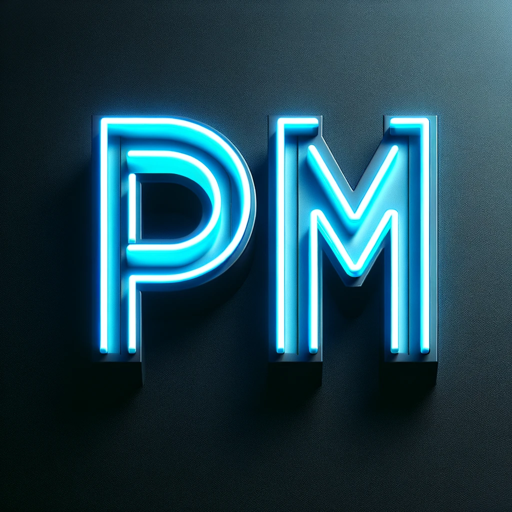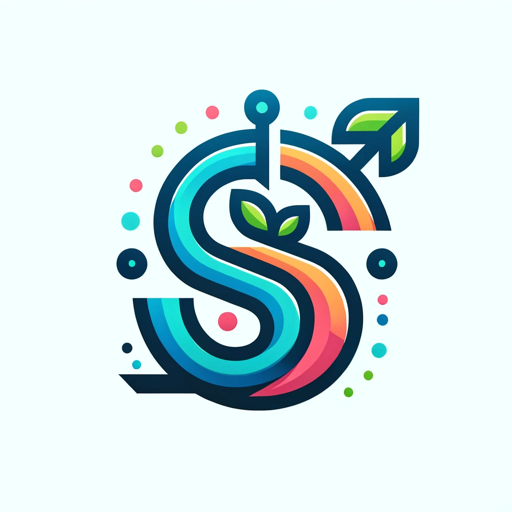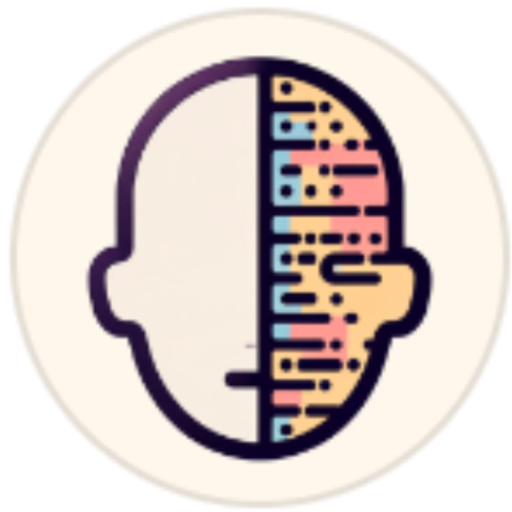产品经理系列-PRD文档撰写-tool for creating PRD documents
AI-powered PRD generation for product managers.
您好,Dodo~帮我写一份关于社交软件APP的专业PRD文档吧!
Related Tools
Load More
ChatPRD - AI for Product Managers
An on-demand Chief Product Officer that drafts and improves your PRDs, while coaching you to become an elite product manager. The best product copilot for PMs & engineers. Visit 👉 chatprd.ai for pro features

Product Requirements Document (PRD) Writer
I'll help you write a Product Requirements Document

Product Manager
Help product managers with the first steps of a new product development

Super Practical PM GPT
I provide specific, tactical product management advice with practical examples and templates.

产品经理 Product Manager
辅助产品经理完成产品需求文档设计工作,Product Requirement Document Writing

PRD Maker
Aide for PMs in drafting product requirement docs.
20.0 / 5 (200 votes)
Introduction to 产品经理系列-PRD文档撰写
产品经理系列-PRD文档撰写 is designed to assist product managers in creating structured, comprehensive, and clear Product Requirement Documents (PRD). The core function is to ensure that all product development requirements are clearly outlined, helping teams align on user needs, design specifications, implementation logic, and project objectives. It enables product managers to translate complex requirements into actionable tasks for development teams, ensuring that nothing is lost in translation. The tool is especially focused on promoting user-centered design and clear communication. Each PRD framework includes sections like user stories, user journeys, feature descriptions, and technical implementation details. By using these components, product managers can build a bridge between customer needs and development teams, reducing misunderstandings and streamlining the development process. **Example:** Suppose you are a product manager tasked with designing a new feature for an e-commerce platform that allows users to save items to a wishlist. With 产品经理系列-PRD文档撰写, you would start by outlining the 'Wishlist Feature' in terms of user requirements, design flow, and implementation steps. The PRD would then serve as a single source of truth for both developers and designers.

Main Functions of 产品经理系列-PRD文档撰写
Standardized PRD Framework Creation
Example
The tool provides a pre-structured template that includes sections like feature name, requirement description, user story, and implementation logic.
Scenario
In a situation where the product team is tasked with launching a 'Dark Mode' feature, the framework helps product managers specify design requirements, user experience goals, and technical details in one place, ensuring consistency and clarity across teams.
Detailed User Journeys and User Stories
Example
The PRD tool encourages detailed descriptions of user behaviors and the steps they take while interacting with a feature.
Scenario
For a new 'One-Click Checkout' feature, the user journey maps out each action, from adding items to the cart to completing a purchase in a single click. This helps the development team understand the exact flow from a user's perspective.
Implementation Logic and Technical Requirements
Example
This section translates user requirements into technical specifications, outlining the inputs, outputs, and boundary conditions for development.
Scenario
If a product manager is defining a 'Notification System' feature, this function helps specify how notifications should trigger, what data is needed, and how the system should handle different user behaviors, such as unsubscribing.
Ideal Users of 产品经理系列-PRD文档撰写
Product Managers
Product managers, especially those in charge of defining product features, workflows, and design requirements, are the primary users. They benefit from the structured format of PRD creation, which helps them translate user needs into actionable tasks for development teams. Product managers who work on cross-functional teams can use this tool to align stakeholders and ensure that everyone has a clear understanding of the project’s goals and execution strategy.
Designers and Developers
Although the primary audience is product managers, designers and developers also benefit from 产品经理系列-PRD文档撰写 as it provides clear guidelines on UI/UX requirements and technical implementation. For example, designers can follow the 'Related Page Design' sections to create wireframes, while developers can rely on the 'Implementation Logic' to understand how the feature should function on the back-end.

How to Use 产品经理系列-PRD文档撰写
Step 1
Visit aichatonline.org for a free trial without login, also no need for ChatGPT Plus.
Step 2
Start by entering the product’s functional requirements. You can describe your project goals, target users, and features that need to be documented in the PRD.
Step 3
Follow the tool’s structured approach, beginning with naming the feature and filling in sections like the overview, requirement description, user journey, and detailed functionality descriptions.
Step 4
As you input data, the tool will generate a comprehensive PRD that includes user stories, page design ideas, and implementation logic for developers to follow.
Step 5
Once the document is complete, review the output and make any necessary adjustments. Export the PRD for distribution to your team or use it as a project planning guide.
Try other advanced and practical GPTs
SMART-целеполагание
AI-powered SMART goal-setting

GPT Smith
Unlock insights with AI-powered creativity.

Blogging
AI-Powered Content Creation Made Easy

Destiny - QA
Astrological insights powered by AI

Travel GPT
Empowering Travel with AI Insights
Bio To Schema
AI-powered Author Bio to Schema Conversion

企業調査(α版)
AI-powered corporate data at your fingertips
穿搭点评
AI-powered fashion critiques with flair.

Post Planner Pro
AI-powered Social Media Planning Tool

BloksBot
AI-Powered Insights for Every Task

Psychiatry and MH AI Assistant and Scribe
AI-powered mental health documentation made easy.

水墨连环画
AI-powered Chinese Ink Comics Creation

- Team Collaboration
- Product Planning
- User Journey
- Implementation Logic
- Feature Documentation
Common Questions About 产品经理系列-PRD文档撰写
What is 产品经理系列-PRD文档撰写 used for?
This tool helps product managers create detailed Product Requirement Documents (PRD). It ensures that all aspects of a product’s requirements, from user journeys to implementation logic, are documented in a clear and concise manner.
Do I need to have technical knowledge to use this tool?
No, the tool is designed for product managers, and it focuses on structuring product features, user stories, and requirements without needing deep technical expertise. It bridges the gap between technical and non-technical team members.
How does this tool support collaboration?
It provides a structured PRD framework that can be shared with various teams, such as design, development, and QA. Each section clearly explains the functionality, making collaboration across departments smoother.
Can I customize the PRD template for my specific project needs?
Yes, the tool allows flexibility in adding or removing sections based on your project’s requirements. You can tailor the PRD to fit the unique needs of your team and product.
What’s the advantage of using this tool over writing PRDs manually?
It saves time by automating the structure of PRDs, ensuring nothing is missed. It also improves clarity, as the predefined sections guide you to cover every important detail necessary for product development.